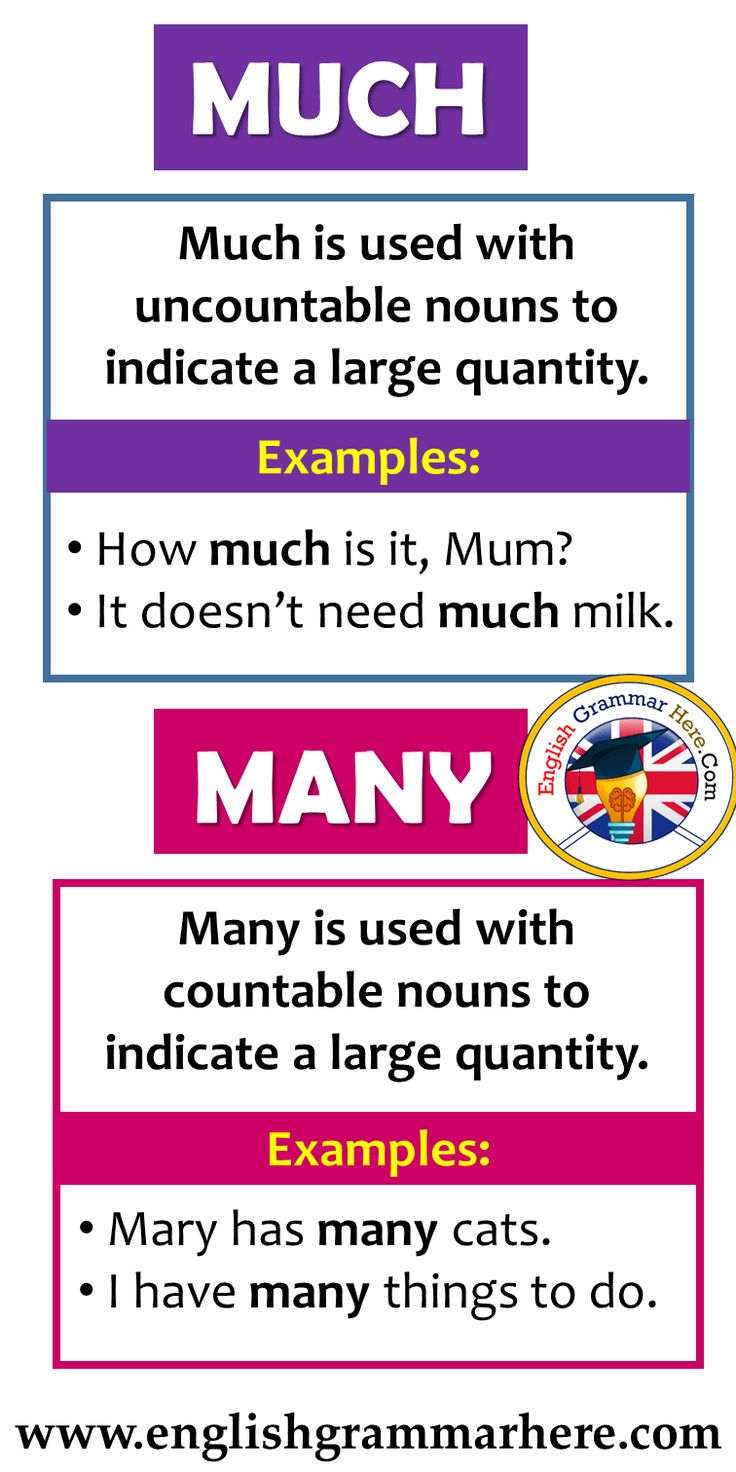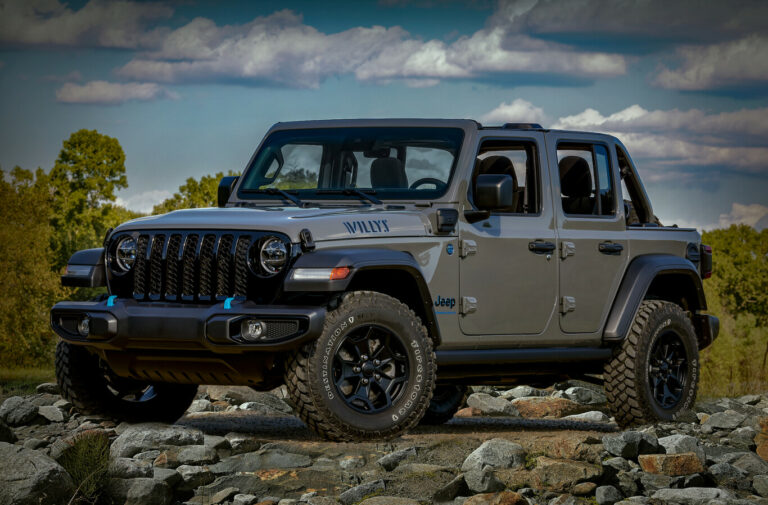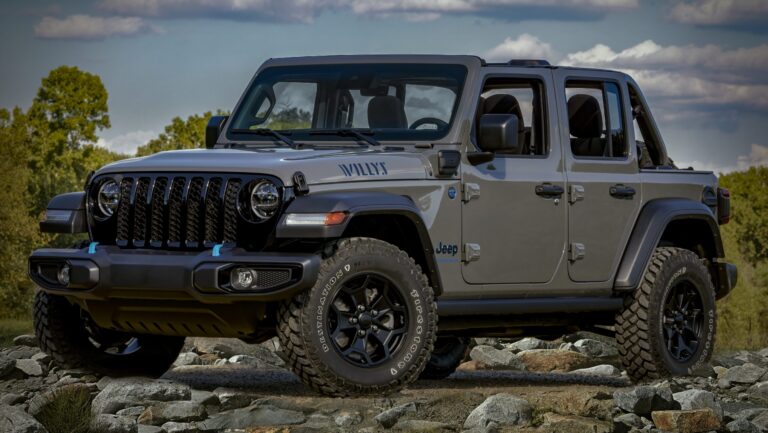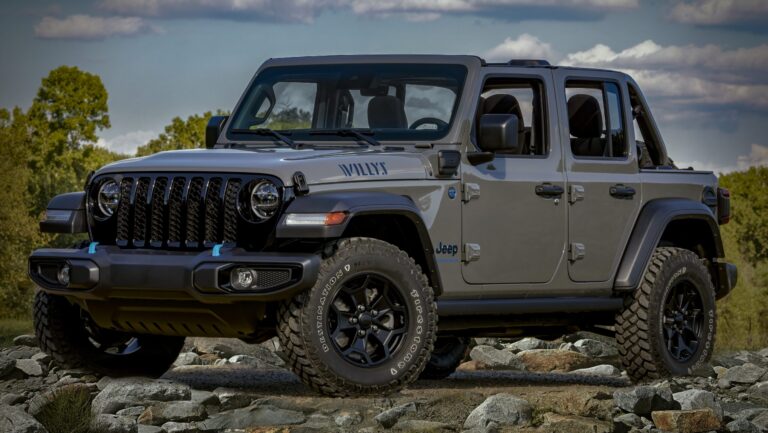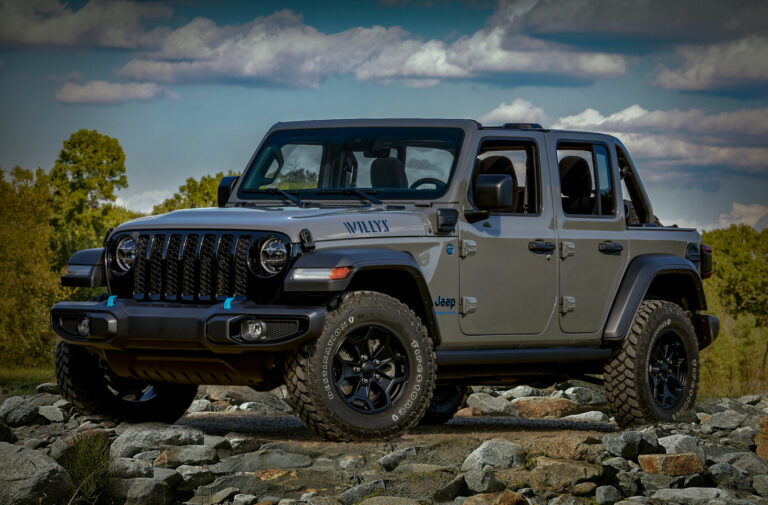How Much Does A 2012 Jeep Wrangler Weigh: A Comprehensive Guide
How Much Does A 2012 Jeep Wrangler Weigh: A Comprehensive Guide jeeps.truckstrend.com
The Jeep Wrangler, an undisputed icon of adventure and off-road prowess, holds a special place in the hearts of automotive enthusiasts worldwide. Its rugged capability, open-air freedom, and distinctive design make it a standout vehicle. For owners, prospective buyers, and anyone curious about the mechanics behind this legendary machine, understanding its weight is far more than a trivial detail; it’s a critical factor impacting everything from performance and fuel economy to towing capacity, safety, and even the lifespan of its components. This article delves deep into the question: "How much does a 2012 Jeep Wrangler weigh?", providing a comprehensive guide to its various weights, influencing factors, and practical implications.
Understanding the Basics: Curb Weight vs. Gross Vehicle Weight Rating (GVWR)
How Much Does A 2012 Jeep Wrangler Weigh: A Comprehensive Guide
Before we dive into specific numbers, it’s essential to clarify the key terms associated with vehicle weight:
-
Curb Weight: This is the most commonly cited weight for a vehicle. It represents the weight of the vehicle as it rolls off the assembly line, including a full tank of fuel, all standard equipment, and necessary fluids (engine oil, coolant, etc.), but without passengers, cargo, or aftermarket accessories. It’s the "empty" weight of the car ready to drive.
-
Gross Vehicle Weight Rating (GVWR): This is a crucial safety specification set by the manufacturer. The GVWR is the maximum permissible total weight of the fully loaded vehicle. This includes the curb weight of the vehicle itself, plus the weight of all passengers, cargo, and any aftermarket accessories or modifications. Exceeding the GVWR is dangerous and can compromise handling, braking, and the structural integrity of the vehicle.

Understanding both curb weight and GVWR is vital for safe operation, especially when considering payload or towing.
The Core Numbers: 2012 Jeep Wrangler Curb Weights by Model
The 2012 model year marked a significant update for the JK generation Wrangler, notably with the introduction of the more powerful and efficient 3.6L Pentastar V6 engine. However, the fundamental weight distribution and overall vehicle architecture remained consistent with the JK platform. The weight of a 2012 Jeep Wrangler varies primarily based on its body style (2-door vs. 4-door Unlimited) and trim level.
Here are the approximate curb weights for the most common 2012 Jeep Wrangler models:

-
2-Door Jeep Wrangler (JK):
- Sport: Approximately 3,760 lbs (manual transmission) to 3,879 lbs (automatic transmission).
- Sahara: Approximately 3,921 lbs (manual transmission) to 4,007 lbs (automatic transmission).
- Rubicon: Approximately 4,068 lbs (manual transmission) to 4,147 lbs (automatic transmission).

-
4-Door Jeep Wrangler Unlimited (JKU):
- Sport: Approximately 4,075 lbs (manual transmission) to 4,181 lbs (automatic transmission).
- Sahara: Approximately 4,249 lbs (manual transmission) to 4,329 lbs (automatic transmission).
- Rubicon: Approximately 4,340 lbs (manual transmission) to 4,409 lbs (automatic transmission).
As you can see, the 4-door Unlimited models are significantly heavier than their 2-door counterparts due to the extended chassis, additional doors, and larger interior volume. The Rubicon trim, regardless of body style, is consistently the heaviest within its category due to its specialized off-road components.
Factors Influencing a 2012 Jeep Wrangler’s Actual Weight
While the curb weights listed above provide a good baseline, the actual weight of your 2012 Jeep Wrangler on any given day can differ substantially. Many factors contribute to this variance:
-
Trim Level and Factory Options: As noted, the Rubicon trim is heavier than the Sport or Sahara due to its robust components like heavier-duty Dana 44 axles, electronic locking differentials, electronic sway bar disconnect, rock rails, and larger, more aggressive tires. Opting for a factory hardtop instead of a soft top also adds considerable weight (around 100-150 lbs). Automatic transmissions are typically slightly heavier than manual transmissions.
-
Aftermarket Modifications: This is arguably the biggest variable for many Wrangler owners. Jeeps are known for their customizability, and many modifications add significant weight:
- Steel Bumpers: Aftermarket steel bumpers, especially full-width ones with tire carriers or winch mounts, can add 100-200+ lbs, significantly more than the lightweight factory plastic bumpers.
- Winches: A heavy-duty recovery winch can add another 50-100 lbs to the front end.
- Skid Plates & Rock Sliders: Heavy steel underbody protection and side sliders add considerable weight.
- Lift Kits: While some components might be lighter, heavy-duty springs, larger shocks, and upgraded control arms can increase overall weight.
- Larger Tires & Wheels: Upgrading from stock 32-inch tires to 35-inch or 37-inch tires, especially with heavier beadlock or steel wheels, can add 50-100 lbs per corner.
- Roof Racks & Roof-Top Tents: These can add 100-200+ lbs high on the vehicle.
- Interior Cargo: Toolboxes, recovery gear, high-lift jacks, onboard air compressors, additional battery systems, and sound system upgrades all contribute to the overall weight.
-
Fuel and Fluids: A full tank of gasoline (22.5 gallons for Unlimited, 18.6 gallons for 2-door) adds approximately 135 lbs and 112 lbs respectively. Other fluids, while part of the curb weight, can fluctuate slightly.
-
Passengers and Cargo: This is where the GVWR becomes critical. Every passenger, every piece of camping gear, every cooler, and every bag of groceries adds to the total weight the vehicle is carrying.
Why Does Weight Matter? Practical Implications for Your Jeep
Understanding your Wrangler’s weight is not just for bragging rights; it has profound practical implications:
- Fuel Economy: Simply put, more weight means lower fuel efficiency. Your 2012 Wrangler’s 3.6L Pentastar engine is more efficient than its predecessor, but adding hundreds of pounds of steel armor and large tires will negate much of that gain.
- Performance: Increased weight negatively impacts acceleration, braking distances, and overall handling. A heavier Jeep takes longer to stop and can feel less nimble.
- Towing and Payload Capacity: This is where weight knowledge is paramount.
- Payload Capacity: Calculated as GVWR minus Curb Weight. For a 2012 2-door Wrangler, this is typically around 900-1000 lbs. For a 4-door Unlimited, it’s roughly 1100-1200 lbs. This is the maximum weight you can safely add (passengers + cargo + modifications).
- Towing Capacity: The 2012 2-door Wrangler has a towing capacity of 2,000 lbs, while the 4-door Unlimited can tow 3,500 lbs. Knowing your Jeep’s actual curb weight, especially with modifications, is crucial for staying within safe towing limits and ensuring you have enough power and braking ability for the load.
- Off-Roading Dynamics: While added weight from protection might be desirable for extreme rock crawling, excessive weight can reduce articulation, increase the risk of getting stuck in soft terrain, and put more stress on drivetrain components. A higher center of gravity from heavy roof-mounted accessories also increases the risk of rollovers on steep inclines or side hills.
- Tire Wear and Suspension Life: Heavier vehicles put more stress on tires, leading to faster wear and potentially requiring higher inflation pressures. Suspension components (springs, shocks, bushings) will also wear out more quickly when consistently overloaded or carrying excessive weight.
- Legal Compliance: Exceeding GVWR or Gross Axle Weight Ratings (GAWR) can lead to fines, void insurance policies, and, more importantly, create unsafe driving conditions.
How to Accurately Determine Your Jeep’s Weight
While factory specifications provide a baseline, the only way to know the precise weight of your modified 2012 Jeep Wrangler is to weigh it.
-
Check Your Owner’s Manual and Door Jamb Sticker: Your owner’s manual will list the factory curb weight for your specific trim. The sticker on your driver’s side door jamb will provide the GVWR and Gross Axle Weight Ratings (GAWR) for your vehicle.
-
Utilize Public Scales: The most accurate method is to visit a certified weigh station, often found at truck stops (like CAT Scales), recycling centers, or public landfills.
- Weighing Procedure: Drive your Jeep onto the scale. For the most accurate "as-is" weight, ensure you have a full tank of fuel and any common gear you typically carry (recovery tools, etc.). If you want to know the true curb weight of your modified vehicle, remove all passengers and extraneous cargo. Some scales can provide individual axle weights, which is useful for balancing modifications.
-
Portable Scales: For serious off-roaders or those who frequently change their setup, portable wheel scales offer the convenience of weighing your Jeep at home, allowing for precise corner-weighting.
Managing Weight for Optimal Performance and Longevity
Being mindful of your Wrangler’s weight can significantly enhance its performance, safety, and lifespan:
- Strategic Modifications: When planning modifications, consider the weight implications. Can you opt for aluminum bumpers instead of steel? Do you truly need every piece of armor, or can you find a balance between protection and weight?
- Cargo Management: Only carry what you need. Before a trip, remove unnecessary items from the cargo area. Consolidate tools and recovery gear.
- Regular Maintenance: Pay extra attention to your tires, brakes, and suspension components if your Jeep carries significant added weight. Ensure tire pressures are adjusted for the actual load.
- Stay Within Limits: Always adhere to your Jeep’s GVWR, GAWR, and towing capacity. Pushing these limits is not only dangerous but can lead to costly repairs and accelerated wear on your drivetrain, brakes, and suspension.
2012 Jeep Wrangler Approximate Weights Table
| Model/Trim | Body Type | Approximate Curb Weight (lbs) | GVWR (lbs) | Estimated Payload Capacity (lbs) | Towing Capacity (lbs) |
|---|---|---|---|---|---|
| Wrangler Sport | 2-Door | 3,760 – 3,879 | 4,900 | 1,021 – 1,140 | 2,000 |
| Wrangler Sahara | 2-Door | 3,921 – 4,007 | 4,900 | 893 – 979 | 2,000 |
| Wrangler Rubicon | 2-Door | 4,068 – 4,147 | 4,900 | 753 – 832 | 2,000 |
| Wrangler Unlimited Sport | 4-Door | 4,075 – 4,181 | 5,500 | 1,319 – 1,425 | 3,500 |
| Wrangler Unlimited Sahara | 4-Door | 4,249 – 4,329 | 5,500 | 1,171 – 1,251 | 3,500 |
| Wrangler Unlimited Rubicon | 4-Door | 4,340 – 4,409 | 5,500 | 1,091 – 1,160 | 3,500 |
Note: All weights are approximate and can vary slightly based on specific factory options (e.g., manual vs. automatic transmission, hardtop vs. soft top). Payload capacity is calculated as GVWR minus the lowest curb weight in the range, representing the maximum potential.
Frequently Asked Questions (FAQ)
Q: Does a hardtop add significant weight to a 2012 Jeep Wrangler?
A: Yes, a factory hardtop typically adds between 100 to 150 pounds compared to a soft top. This weight is also higher up on the vehicle, which can slightly affect the center of gravity.
Q: How much weight do common aftermarket modifications like steel bumpers and winches add?
A: Aftermarket steel bumpers can add 100-200+ lbs (front) and 150-300+ lbs (rear with tire carrier). A winch can add another 50-100 lbs. Larger tires and wheels can add 50-100 lbs per corner compared to stock. These additions quickly accumulate.
Q: Can exceeding the GVWR damage my 2012 Jeep Wrangler?
A: Absolutely. Exceeding the GVWR puts excessive stress on the suspension, brakes, tires, drivetrain, and frame. This can lead to premature wear, component failure, reduced handling, increased braking distances, and a higher risk of accidents.
Q: Where can I find my specific 2012 Jeep Wrangler’s weight information?
A: Your owner’s manual will have the factory curb weight specifications for your model and trim. The GVWR and GAWR are listed on a sticker located on the driver’s side door jamb. For your actual vehicle’s weight with all modifications and gear, visit a public weigh station.
Q: Does the engine size affect the weight of the 2012 Wrangler?
A: For the 2012 model year, all Jeep Wranglers came standard with the 3.6L Pentastar V6 engine. Therefore, there’s no significant weight variation based on engine size within this specific model year, unlike some other vehicles that offer multiple engine options.
Q: Is a lighter Jeep Wrangler always better for off-roading?
A: Not always. While a lighter vehicle is generally more agile, easier on fuel, and less likely to get stuck in soft terrain, some weight (like that from heavy-duty axles or rock sliders) is beneficial for durability and protection in extreme off-roading. It’s about finding the right balance for your specific off-roading style and terrain.
Conclusion
The weight of a 2012 Jeep Wrangler is a dynamic figure, starting from its factory curb weight and fluctuating significantly with trim level, factory options, and especially aftermarket modifications. While a 2-door Sport might tip the scales around 3,800 lbs, a fully outfitted 4-door Rubicon Unlimited with heavy steel bumpers, a winch, and large tires could easily approach 5,000 lbs or more.
Understanding your specific Jeep’s weight – both its curb weight and its total loaded weight relative to its GVWR – is paramount for safety, optimal performance, fuel efficiency, and the longevity of its components. Whether you’re planning a cross-country adventure, a serious off-road excursion, or simply commuting, being mindful of how much your 2012 Jeep Wrangler weighs empowers you to make informed decisions and ensure your iconic vehicle continues to deliver legendary capability for years to come.

